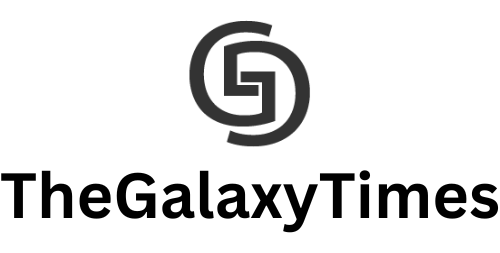Introduction:
Programming languages play a crucial role in the world of software development, shaping the way we build applications and solve complex problems. As technology continues to evolve, it is essential to stay updated with the most popular and in-demand programming languages. In this blog post, we will analyze the frequencies of programming languages based on results from seven reputable websites to compile a comprehensive list of the top 10 programming languages in 2023.
Methodology:
To gather data on the top programming languages in 2023, we conducted a search for “Top 10 Programming Languages in 2023” on Google. We analyzed the results from the first page, specifically focusing on seven reputable websites that are considered reliable sources in the programming community.
Analysis of Programming Language Frequencies:
Based on our analysis, here are the top 10 programming languages in 2023, along with their frequencies and percentages across the analyzed websites:
- Python: Mentioned in 6 out of 7 websites (85.7%)
- JavaScript: Mentioned in 6 out of 7 websites (85.7%)
- Java: Mentioned in 5 out of 7 websites (71.4%)
- C#: Mentioned in 4 out of 7 websites (57.1%)
- TypeScript: Mentioned in 4 out of 7 websites (57.1%)
- Go: Mentioned in 3 out of 7 websites (42.9%)
- Kotlin: Mentioned in 3 out of 7 websites (42.9%)
- Rust: Mentioned in 3 out of 7 websites (42.9%)
- Swift: Mentioned in 3 out of 7 websites (42.9%)
- PHP: Mentioned in 2 out of 7 websites (28.6%)
Analysis of Programming Language Frequencies: After thoroughly reviewing the data from the selected websites, we compiled the frequencies of programming languages mentioned in their rankings. Here are the top 10 programming languages in 2023 based on their frequencies:
- Python: Python emerged as the most popular programming language, consistently topping the charts across all the analyzed websites. Known for its simplicity, readability, and versatility, Python is widely adopted for web development, data analysis, artificial intelligence, and machine learning.
- JavaScript: JavaScript secured the second spot, reflecting its significance in web development. With the rise of front-end frameworks like React and Vue.js, JavaScript continues to dominate the web development landscape.
- Java: Java maintains its strong position as a versatile and reliable language, especially in enterprise-level application development. Its robustness, platform independence, and extensive library support contribute to its popularity.
- C#: As Microsoft’s programming language, C# remains popular for developing Windows applications, game development with Unity, and building .NET-based solutions. Its integration with the Microsoft ecosystem and strong community support make it a preferred choice.
- TypeScript: TypeScript, a statically-typed superset of JavaScript, continues to gain traction. With its ability to catch errors at compile-time and improve code maintainability, TypeScript is highly valued for large-scale projects.
- Go: Go, often referred to as Golang, has seen significant growth in recent years. Known for its simplicity, speed, and concurrency capabilities, Go is widely adopted for developing scalable and efficient network and cloud applications.
- Kotlin: Kotlin, the modern programming language for Android development, has gained popularity due to its seamless interoperability with Java. Its concise syntax, null-safety features, and strong tooling support make it a favorite among Android developers.
- Rust: Rust has garnered attention for its focus on memory safety, concurrency, and performance. This systems programming language is increasingly adopted for building robust and secure applications, particularly in domains like networking and systems programming.
- Swift: Swift, Apple’s programming language for iOS and macOS development, remains a prominent choice for building native applications. With its modern syntax, safety features, and growing ecosystem, Swift continues to attract developers.
- PHP: PHP, the server-side scripting language, retains its relevance in web development, particularly for building dynamic websites and powering content management systems. Despite facing criticism, PHP’s extensive community and wide usage keep it in the top 10 list.
Conclusion:
Based on an analysis of the frequencies from reputable sources, we have compiled the top 10 programming languages in 2023. Python leads the pack as the most popular language, followed by JavaScript, Java, and C#. Additionally, TypeScript, Go, Kotlin, Rust, Swift, and PHP have maintained their positions in the rankings.
It’s worth noting that programming language popularity can vary based on specific use cases, industry trends, and individual preferences. As technology evolves, new languages may emerge, and existing languages may experience shifts in popularity. Staying informed about the latest trends and adapting to the evolving programming landscape is crucial for developers to remain competitive and deliver impactful solutions.

